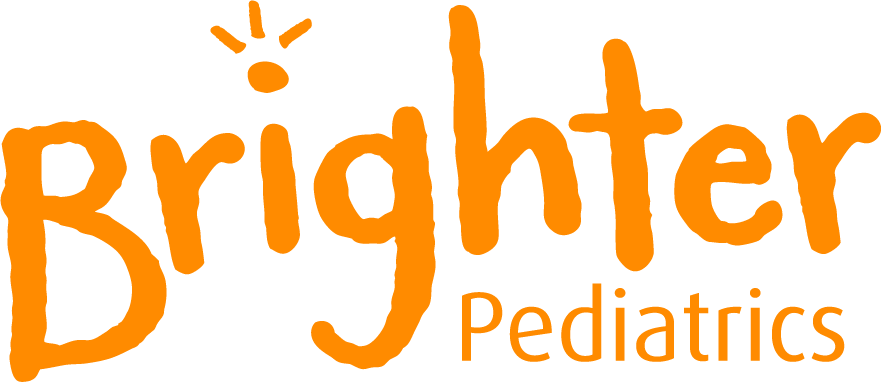In the early 1800s, pre-anesthesia, undergoing surgery was one of the most excruciating experiences imaginable. Without painkillers and often while wide awake, surgery patients were commonly restrained by six hospital aids. The pain from the experience often caused permanent psychological trauma, almost all went to great lengths to avoid it.
This changed on October 16, 1846. Spurred by dentist William Morton’s experimental—and reportedly painless—tooth extraction utilizing an inhalable gas called “ether,” Dr. John Warren put it to the test in surgery at the operating theatre of Massachusetts Hospital. Instead of the usual writhing and screams of pain, attendees witnessed a wholly silent and still operation. Many thought it miraculous.
The success of ether ushered in a new era of patient care. But how did it work? We’re still uncovering what happens to the brain during anesthesia.
“You’d think that something that’s been around since 1846 would be hammered out solid. But it’s still almost a philosophical kind of mystery,” said science writer and columnist Carl Zimmer on a Radiolab podcast episode called “Decoding the Void.”
Around 2010, biomedical engineer Patrick Purdon and his Harvard colleague Emery Brown conducted an experiment to find out what happens to the brain when the consciousness “switch” flips after anesthesia. They measured subjects’ brainwaves and had them click a button each time they heard a sound, issuing propofol every 15 minutes. Right before subjects lost consciousness, a wave of electricity swept across the brain. Then, just slow, low frequency oscillations coupled with one high frequency wave at the front of the head.
Conscious brains, even when dreaming, show incessantly firing connectivity and chaos, Purdon said. With anesthesia, the connectivity went away. Due to the rhythms of the waves, thoughts were being fired by neurons in the patient’s brain, but they were not being received, or understood, by the other neurons.
What this says about the nature of consciousness is still food for thought. But we can conclusively say that the introduction of anesthesia has allowed patients peace and comfort during operations that would have been unthinkable nearly 180 years ago.
Increased knowledge has further refined anesthesia administration to reduce the risk of “anesthesia awareness” during procedures. Product innovations include Anestand, a customizable anesthesia workstation that keeps supplies handy and helps prevent infections. For pediatric patients, PeDIA is a balloon that a child breathes in to induce sleep rather than being forced to submit to an unfamiliar mask, “turning panic into play.”
Of course, making it all possible are the stars-behind-the-scenes: the anesthesia providers dedicated to improving patients’ physical and emotional wellbeing.
For the Radiolab podcast on anesthesia: https://lnkd.in/g_Fdnz56


